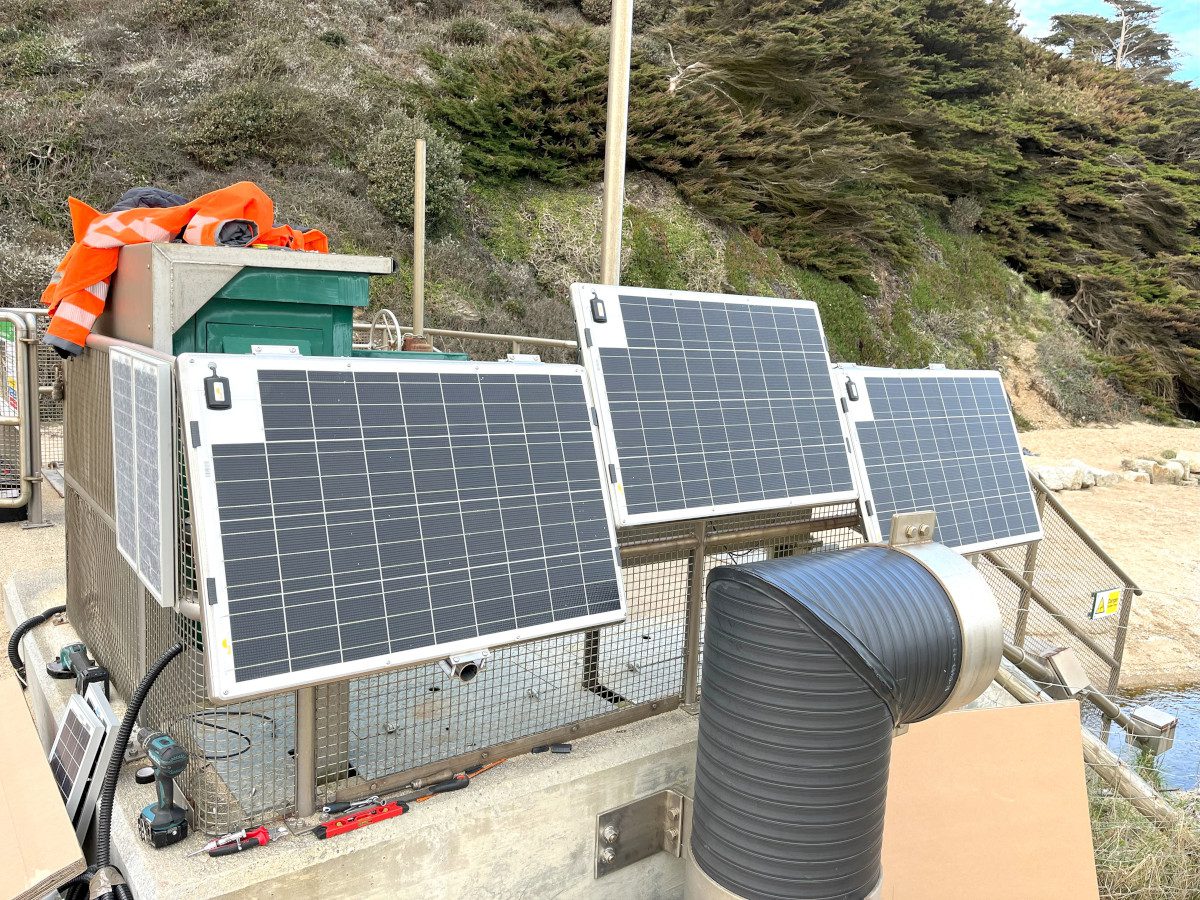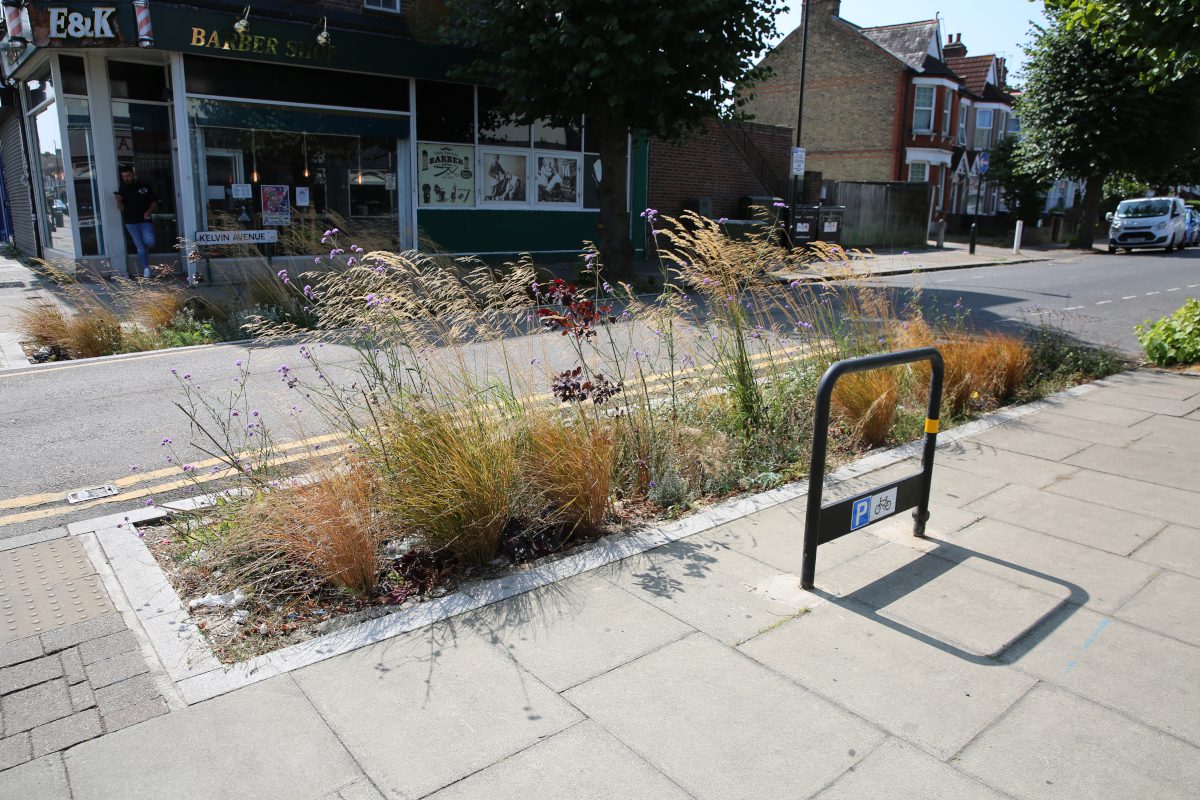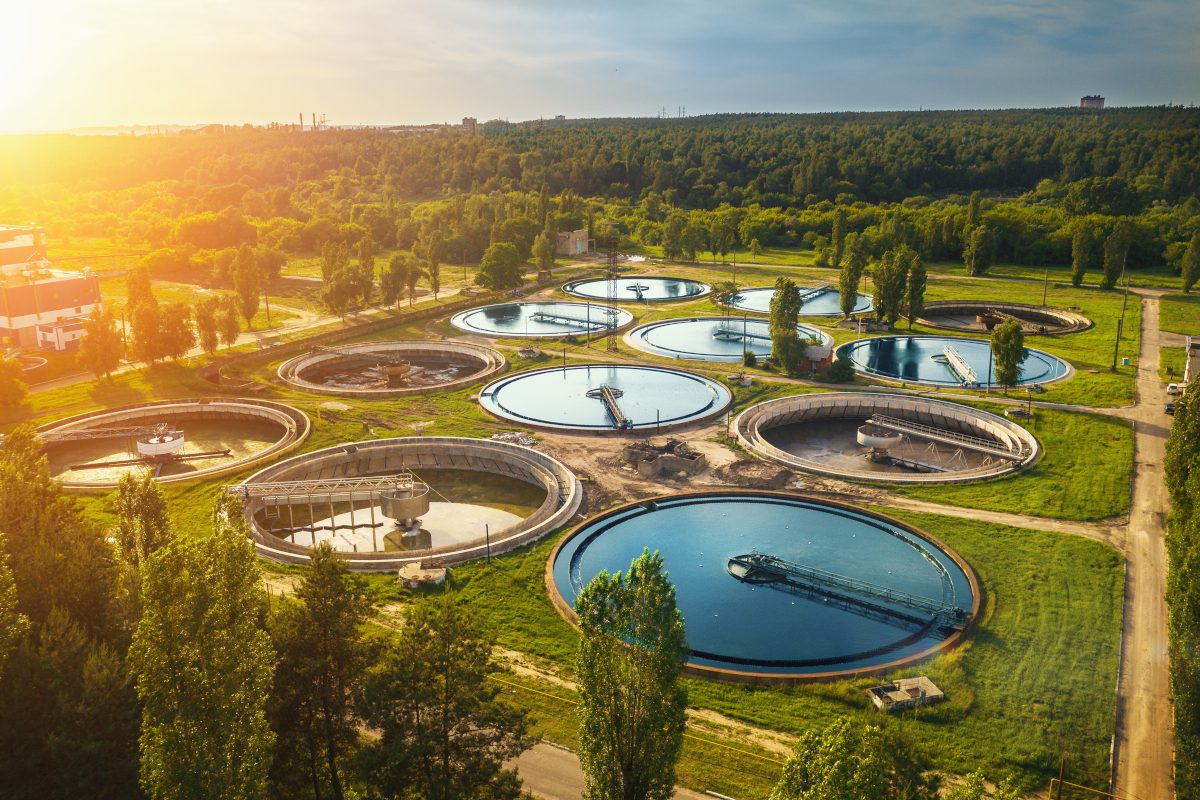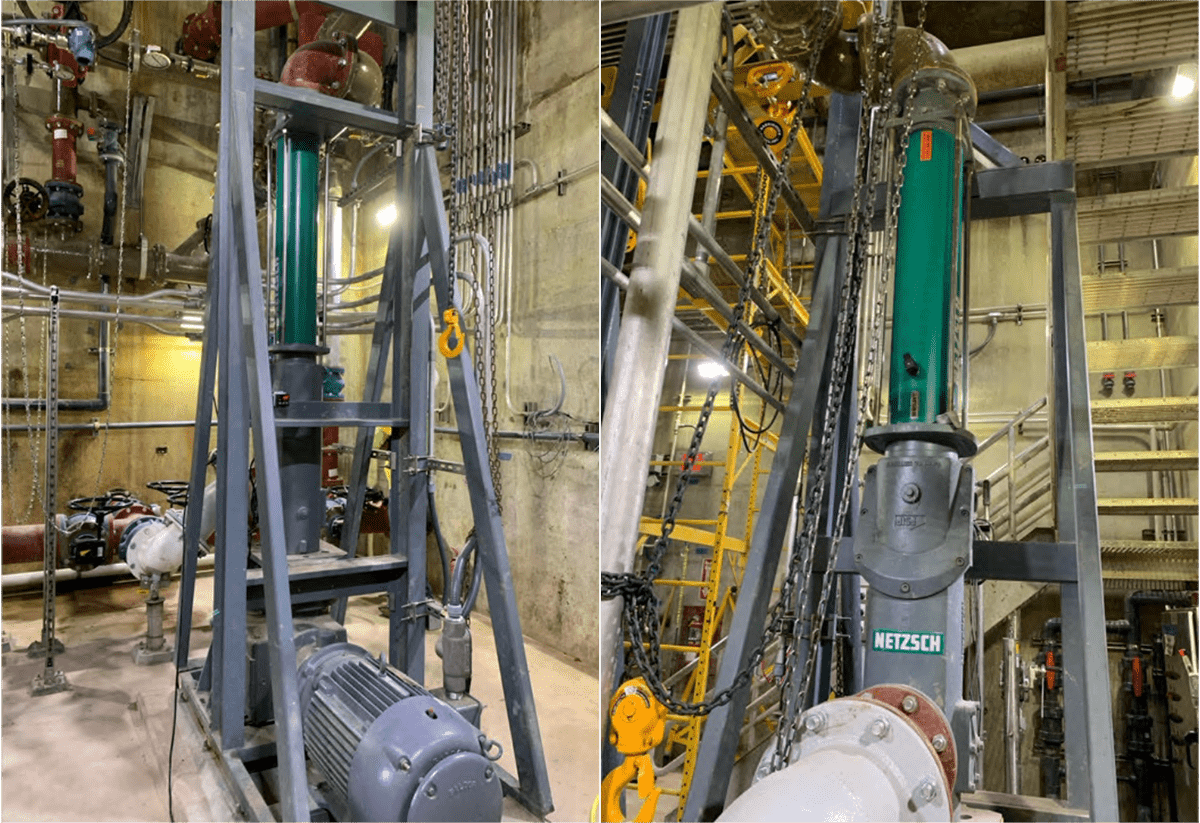
During the lockdowns, lower occupancy in buildings led to reduced water use, raising concerns about water quality due to stagnation. Government warnings highlighted increased risks of chemical and microbiological contamination in water systems. Studies showed that reduced usage and stagnation could elevate heavy metal levels and decrease disinfectant effectiveness, affecting microbial growth. To address this, regular fixture flushing was recommended, which temporarily improved water quality but also revealed the complexities of managing building water systems effectively.
A recent study (https://doi.org/10.1016/j.ese.2023.100314) published in Volume 18 of the journal Environmental Science and Ecotechnology appears to reveal crucial insights into the impact of reduced building occupancy on water quality.
Conducted at Purdue University, this research explored the impact of reduced building occupancy – during the lockdowns – on water quality. The study focused on four buildings with varied characteristics and assessed water quality changes during low-use periods. Monitoring key parameters such as heavy metal concentrations and chlorine levels, it evaluated the effects of water stagnation.
The findings showed that prolonged stagnation led to significant variations in water quality, including changes in heavy metal and chlorine levels. These variations were influenced by factors like the building’s age, size, and water system design. The study also assessed the effectiveness of flushing practices, a method to refresh stagnant water in plumbing systems.
The results revealed that while flushing could alleviate some of the negative effects of stagnation, its effectiveness varied across different building types, highlighting the complexity of managing water quality in buildings with changing occupancy levels. This research underscores the importance of developing customized water management strategies, particularly during unexpected events like pandemics, which can significantly alter building usage patterns.
Highlights
- No standard plumbing flushing guidance was available.
- Four low occupancy institutional buildings (with the same source) were sampled.
- Chlorine residual was often not detected across all buildings.
- No chlorine was detected at the entry of 1 building after flushing for 7 h.
- No widespread Cu, Mn, Pb, and Zn contamination was found.
Lead researcher Kyungyeon Ra, along with a team from Purdue University, underscores the significance of this research in understanding the changes in water quality due to altered building occupancy patterns during the pandemic.
This study highlights the need for effective water management strategies in buildings with low occupancy. The findings have implications for public health, particularly in understanding and mitigating risks associated with water stagnation and devising appropriate flushing protocols.
















